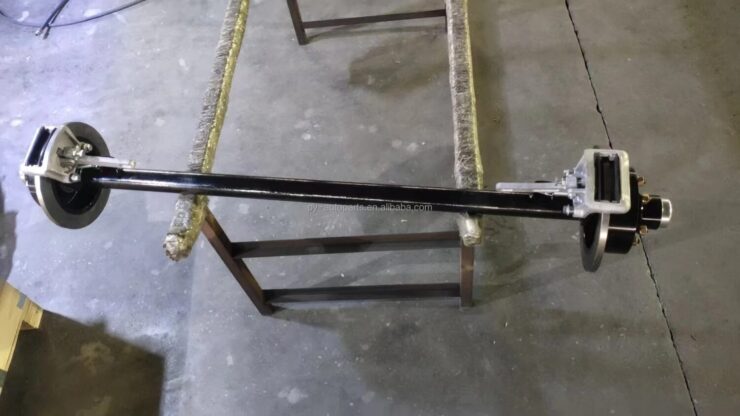Owning a trailer can make life a lot easier, whether it’s hauling gear for work, towing a boat, or taking the family on a camping trip. But here’s the thing: trailers aren’t just one big chunk of metal. They’re made up of a bunch of moving parts, each of which plays a role in keeping the trailer safe and functional.
The problem is, when one part starts to wear out or fail, it can cause more headaches than expected. Suddenly, what seemed like a simple replacement can turn into a day-long scavenger hunt for the right component.
The challenge starts with understanding which parts actually need attention. Brakes, axles, suspension, and wheels are the usual suspects when a trailer starts to act up. But beyond that, even small things like bearings, hubs, or lighting connectors can make a huge difference in safety and reliability. Ignoring these can lead to more expensive damage down the road or, worse, a breakdown when the trailer is loaded.
How to Know What You Really Need
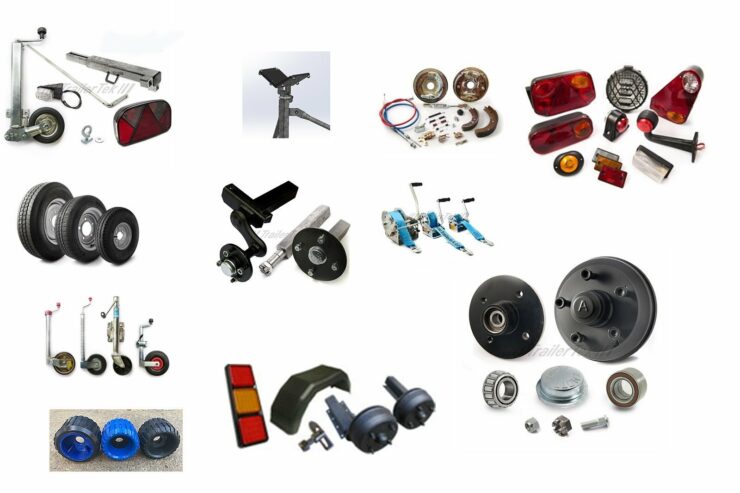
Here’s a reality check: not all trailer problems are obvious at first glance. Sometimes, a worn bearing doesn’t make noise until it’s too late, and a slightly bent axle can still carry a load—until it doesn’t. That’s why it’s worth taking the time to inspect the trailer thoroughly and identify which parts are due for replacement.
For brakes, check both the mechanical and electric components. Brake pads, drums, and shoes wear over time, while wiring and connectors for electric brakes can corrode or loosen. Axles need inspection for bends, cracks, or rust, which can affect load distribution.
Suspension parts, including leaf springs or torsion bars, may look fine but can lose their flexibility, impacting the ride and handling. Even the small things—like wheel bearings—should be greased and checked regularly, because they handle a surprising amount of stress.
Once the problem areas are identified, the next step is sourcing reliable parts. This is where things can get tricky. While there are plenty of online stores and local suppliers, not every option delivers quality or fits properly.
One way to simplify the process is by using a trusted trailer spare parts Australia supplier, who offer a wide selection of components for different trailer types. From axles and brakes to suspension kits and bearings, having a reliable supplier reduces the chance of ordering the wrong component and ensures replacements match the trailer’s specifications.
Matching Parts to Your Trailer
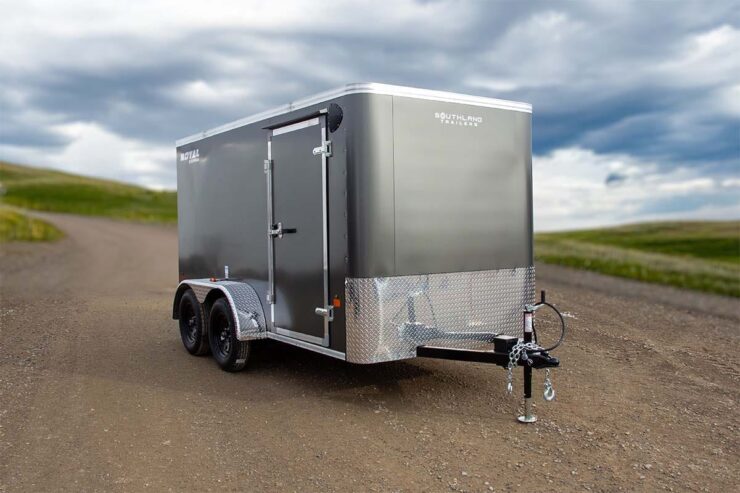
One of the biggest mistakes is assuming any part labeled “trailer” will fit every trailer. Axles, for example, are highly specific. Length, weight rating, and mounting type all matter. A mismatch can lead to improper load distribution, uneven wear, and even dangerous handling. Brakes are similar: the wrong type or size won’t stop the trailer properly, creating a serious safety risk.
Even seemingly minor components like hubs, bearings, and lights have specific measurements and ratings. This is where careful documentation pays off. Having the trailer’s specifications on hand, such as weight rating, axle type, and wheel size, ensures that the parts ordered will fit correctly the first time. It’s much easier than trying to return or exchange incompatible parts after the fact.
Cost Considerations
Here’s where it gets expensive if not approached wisely. High-quality trailer parts are an investment, and cutting corners can backfire. A sturdy axle or a well-built suspension kit may cost more upfront, but it reduces the likelihood of premature failure.
On the flip side, low-cost parts might seem like a bargain until they fail under load, which can end up costing several times as much when factoring in towing, downtime, or repairs.
It’s also worth considering that some parts are easier to replace than others. Bearings and lights can be swapped in a few minutes if the replacement is ready to go, but axles or suspension components often require specialized tools or additional help. Accounting for installation effort and potential service costs gives a more realistic picture of the total expense, rather than just looking at the sticker price.
Tips for Stress-Free Replacement
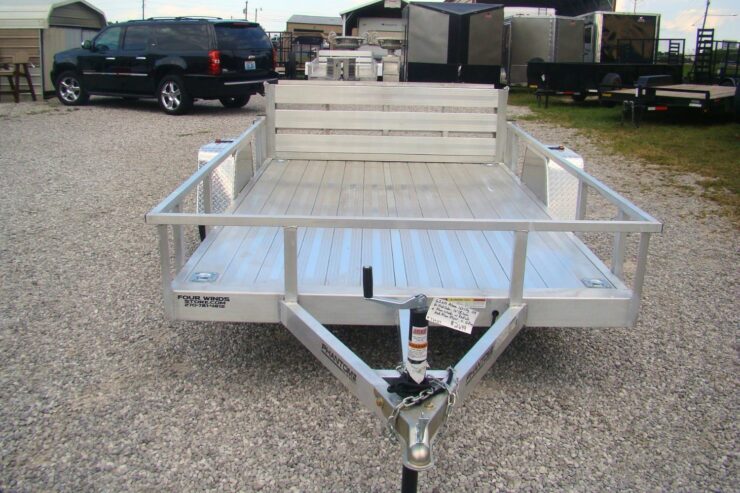
Finding and installing the right parts doesn’t have to be painful. Start by keeping a checklist of components and their maintenance schedules. Bearings should be greased regularly, brakes inspected every few thousand kilometers, and suspension checked for wear or rust. Regular inspections catch issues early, so replacements are planned instead of emergencies.
Organizing parts by type and compatibility also reduces the risk of mistakes. Labeling axles, hubs, or brake components ensures that replacements are not mixed up, especially if multiple trailers are involved. And when in doubt, consulting a professional can confirm fitment, provide advice on upgrades, or recommend alternatives if a part is discontinued.
The Hidden Value of Upgrading Components
Sometimes replacing a part isn’t just about fixing a problem—it’s an opportunity to improve the trailer’s performance. Upgrading to stronger axles, better brakes, or a more durable suspension can extend the trailer’s lifespan and make towing smoother and safer. The difference may not be dramatic on a short trip, but on long hauls or rough terrain, these upgrades prevent stress on the frame and reduce wear on tires and bearings.
Even small improvements, like swapping to sealed bearings or more robust wiring connectors, make a noticeable difference in reliability. These parts cost a bit more, but they pay off in reduced maintenance and fewer roadside surprises. It’s also worth noting that investing in quality components can increase the resale value if the trailer is ever sold.
Staying Ahead of Trouble
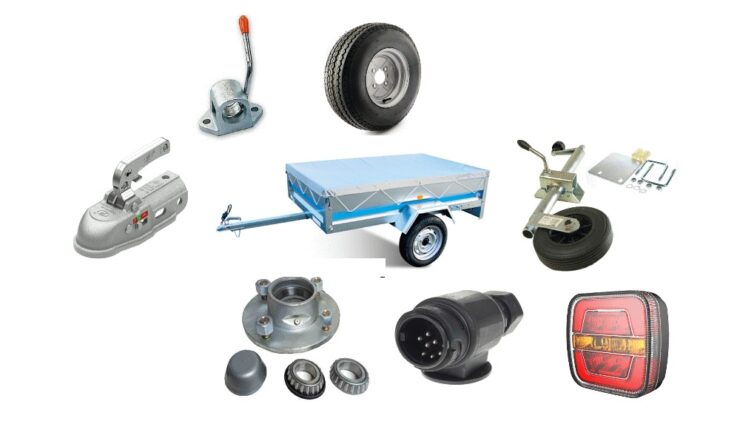
The key takeaway is that trailers demand attention, even if they seem simple. Every component has a purpose, and letting one part slide can cause bigger headaches down the line. Regular inspections, careful sourcing, and mindful installation are all part of avoiding costly surprises. It might feel like a lot of work at first, but once a routine is established, maintaining a trailer becomes a predictable process rather than a scramble.
Most trailer owners underestimate how much the little things matter. Bearings, hubs, lights, and even fasteners are easy to overlook, but they collectively ensure that towing is safe and trouble-free. The goal is to reduce uncertainty and make every trip as smooth as possible.
By taking the time to understand what each component does, sourcing reliable parts, and staying consistent with maintenance, trailers can last far longer than expected. Attention to detail is the difference between a trailer that’s ready to go and one that’s a liability on the road.
In the end, finding the right trailer spare parts doesn’t have to be a headache. It’s about understanding what’s needed, choosing quality components, and keeping up with maintenance. Every small effort invested upfront pays off in safety, reliability, and peace of mind while towing.

